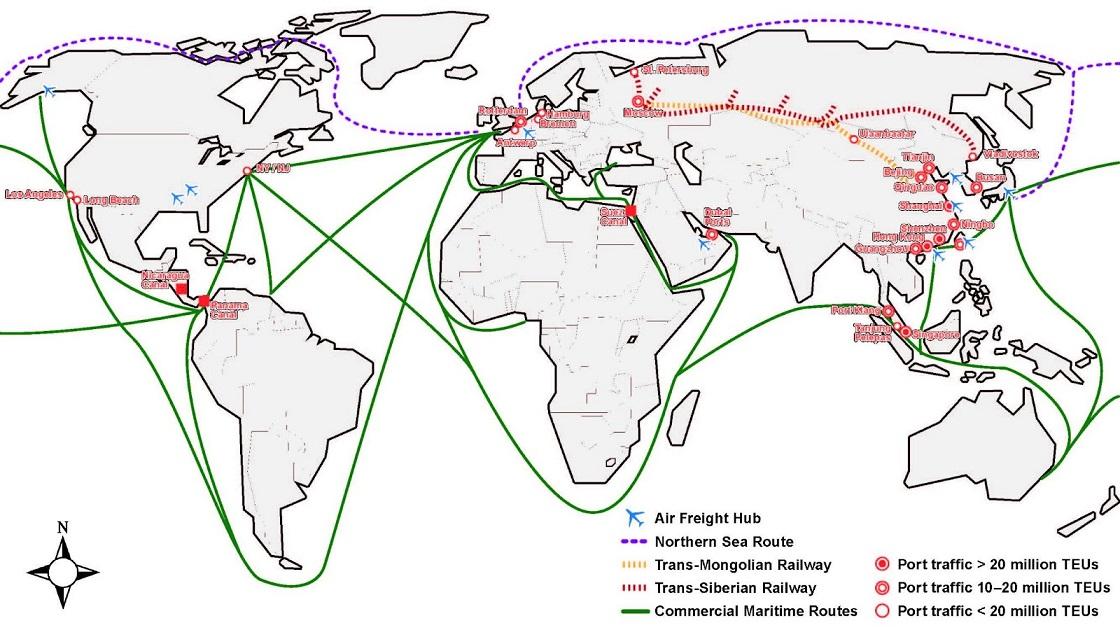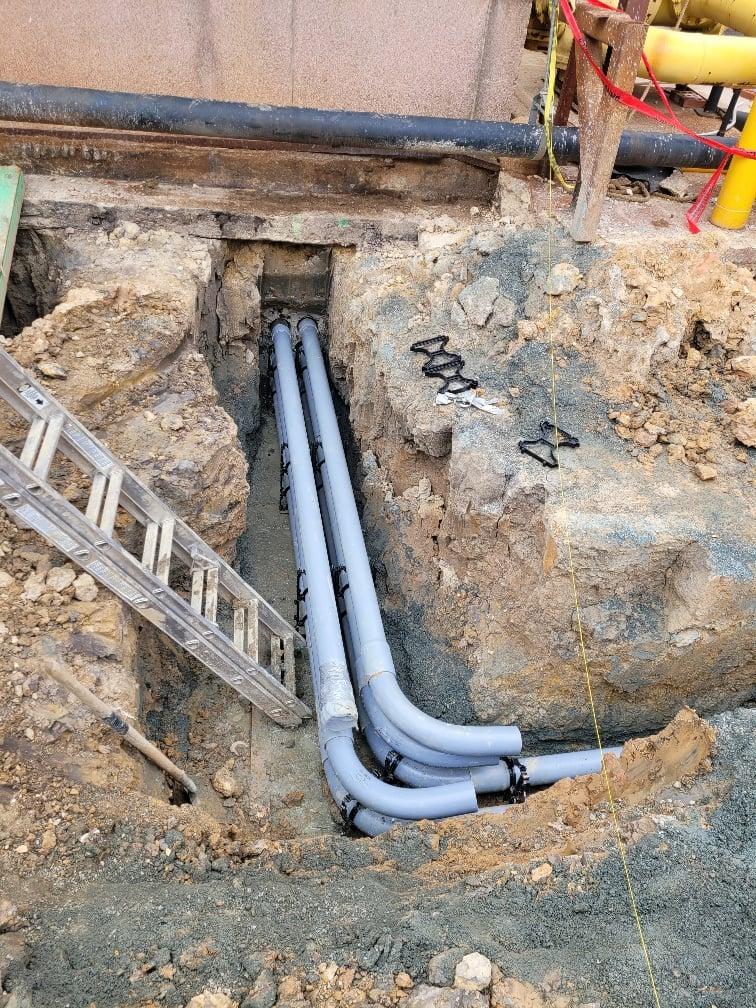When considering the purchase of land in Kenya, the allure of sprawling savannas, breathtaking landscapes, and vibrant cultures can be irresistible. However, beyond the breathtaking views and potential investment opportunities lies a complex web of infrastructure factors that can significantly influence the viability and value of a land acquisition. From transportation networks and water supply systems to energy availability and telecommunication connections, understanding these key components is essential for anyone looking to navigate the Kenyan real estate landscape.
In this article, we will explore the critical infrastructure elements that prospective buyers should assess to ensure their investment is both strategic and enduring. Whether you are looking to build a dream home, establish a business, or engage in agricultural pursuits, a thorough understanding of these factors can lay the groundwork for sound decision-making in the vibrant heart of East Africa.
Evaluating Transportation Networks and Accessibility Options
When considering land acquisition in Kenya, dissecting the complexities of transport networks and accessibility is critical. The region’s transport infrastructure directly influences property value and future advancement potential. Evaluate the following key aspects:
- Proximity to Major Roads: Access to well-maintained highways can dramatically enhance connectivity and ease of transportation.
- Public Transport Availability: Identify the presence and frequency of public transport systems like buses, matatus, and rail services.
- Road Condition and Quality: Assess the maintenance levels of roads, which impact day-to-day travel and transportation of goods.
- Future Infrastructure Plans: Investigate any government or private plans for road expansion or new transport networks that may affect the land.
Moreover, understanding accessibility options is paramount not only for convenience but also for safety and economic opportunities. A well-connected area can elevate a property’s attractiveness for residential or commercial purposes. Use the following table to compare key elements affecting accessibility:
| Feature | Importance | Impact |
|---|---|---|
| Airport Access | High | Enhanced business and tourism opportunities |
| Traffic Congestion | Medium | Can deter potential buyers and renters |
| Pedestrian Pathways | low | Improves foot traffic for businesses |

Understanding Utility Availability and Infrastructure Quality
When evaluating a piece of land in Kenya, the availability of utilities plays a vital role in determining its practicality and value. Prospective buyers should inquire about the accessibility of basic services such as:
- Water Supply: Is there a reliable source of potable water? Are there any infrastructure projects planned to improve access?
- Electricity: What is the proximity to the nearest power lines? Are there alternative energy sources like solar or wind readily available?
- Sewage and Waste Management: Are wastewater systems in place, or will you need to manage septic solutions?
- Internet Connectivity: What options exist for high-speed internet? Are there sufficient mobile network towers in the vicinity?
In addition to utility availability, the quality of infrastructure is equally significant. Assess the state of roads that lead to your plot, as they affect both transportation and accessibility. A well-maintained road network can indicate future developments and higher property values. Consider the following factors:
- Road condition: Are the roads all-weather capable, or do they become impassable during the rainy season?
- Public Transport: Is there an effective transport system available? How often do buses or matatus run in the area?
- Proximity to Major Routes: Is the land easily accessible from highways or major thoroughfares?

Analyzing Local Governance and Zoning Regulations
When considering the purchase of land in Kenya, local governance and zoning regulations play a vital role in determining the potential use and value of your investment. It is indeed crucial to understand that different areas may have varying regulations which can directly impact your intended development plans.Engage with local authorities to grasp the specific land-use categories,which can include residential,commercial,or agricultural designations,as these will dictate what you can and cannot build on the property. Some essential factors to investigate include:
- Current Zoning Designations: Familiarize yourself with the zoning maps and regulations that define the permissible activities for your chosen land.
- Land Use Permits: Confirm what permits are necessary for your development plans, including approvals from county and municipal planning departments.
- Future Zoning plans: Inquire about any anticipated changes in zoning regulations that could influence the future use of your property.
Additionally, understanding the local governance structure and its impact on property development is essential. local government entities are responsible for managing urban planning and infrastructure development,which can affect everything from road access to utilities. Assessment of these governance factors includes:
- Engagement with Local Government: Attend community meetings or consult with local officials to gain insights into planning initiatives and infrastructural developments.
- Community Needs and Priorities: Investigate any upcoming projects that align with community advancement or infrastructure expansion.
- Environmental Assessments: determine if the land is subject to any state or local environmental regulations that could affect development.
| Factor | Considerations |
|---|---|
| Zoning Type | Residential, commercial, Agricultural |
| Permits Required | Building, Environmental, Usage |
| Infrastructure | Roads, Water Supply, Electricity |

Exploring Environmental Considerations and Land Suitability Factors
when considering a plot of land in Kenya,it’s crucial to conduct a thorough evaluation of environmental factors that could influence both the sustainability of the land and potential future developments. The ecological balance of an area can dramatically impact agricultural productivity, water availability, and habitat preservation. Key considerations include:
- Topography: Analyze the land’s slopes and drainage patterns to prevent erosion and flooding.
- Soil Quality: Assess fertility levels and potential contamination risks which can directly influence agricultural viability.
- Climate Variability: Consider local climate conditions such as rainfall patterns and temperature ranges that could affect land usability.
- Biodiversity: Examine native species and ecosystems to support conservation efforts and ensure compliance with local regulations.
Evaluating land suitability also involves scrutinizing factors such as proximity to infrastructure and human activities. Assessing these elements can facilitate better planning and integration into the community.Important aspects to contemplate include:
- Access to Utilities: Determine availability of essential services like water, electricity, and waste management.
- Transportation Networks: Proximity to roads and public transport can enhance connectivity and economic prospects.
- Local Zoning Regulations: Understanding local policies can help in determining permissible land uses and building codes.
| Land Suitability Factor | Importance |
|---|---|
| Soil Quality | High – Affects agriculture |
| Access to Water | Critical – Essential for farming |
| distance to Market | Moderate - Influences transport costs |
| Biodiversity | High – Key for environmental health |
Future Outlook
As you embark on the journey of land acquisition in Kenya, it’s vital to navigate the nuanced landscape of key infrastructure factors that can significantly influence your investment. From understanding the intricacies of transportation links to evaluating access to essential services, each element plays a crucial role in determining not just the value of your land, but also its potential for future growth. As the nation continues to evolve,so to will the opportunities that emerge from its dynamic infrastructure development.By equipping yourself with a thorough assessment of these factors, you position yourself not just as a buyer, but as a visionary willing to tap into the promise that lies ahead. the road to triumphant land investment might potentially be multifaceted, but with careful consideration and strategic foresight, you can ensure that your venture is grounded in solid foundations. Happy land hunting!





Join The Discussion